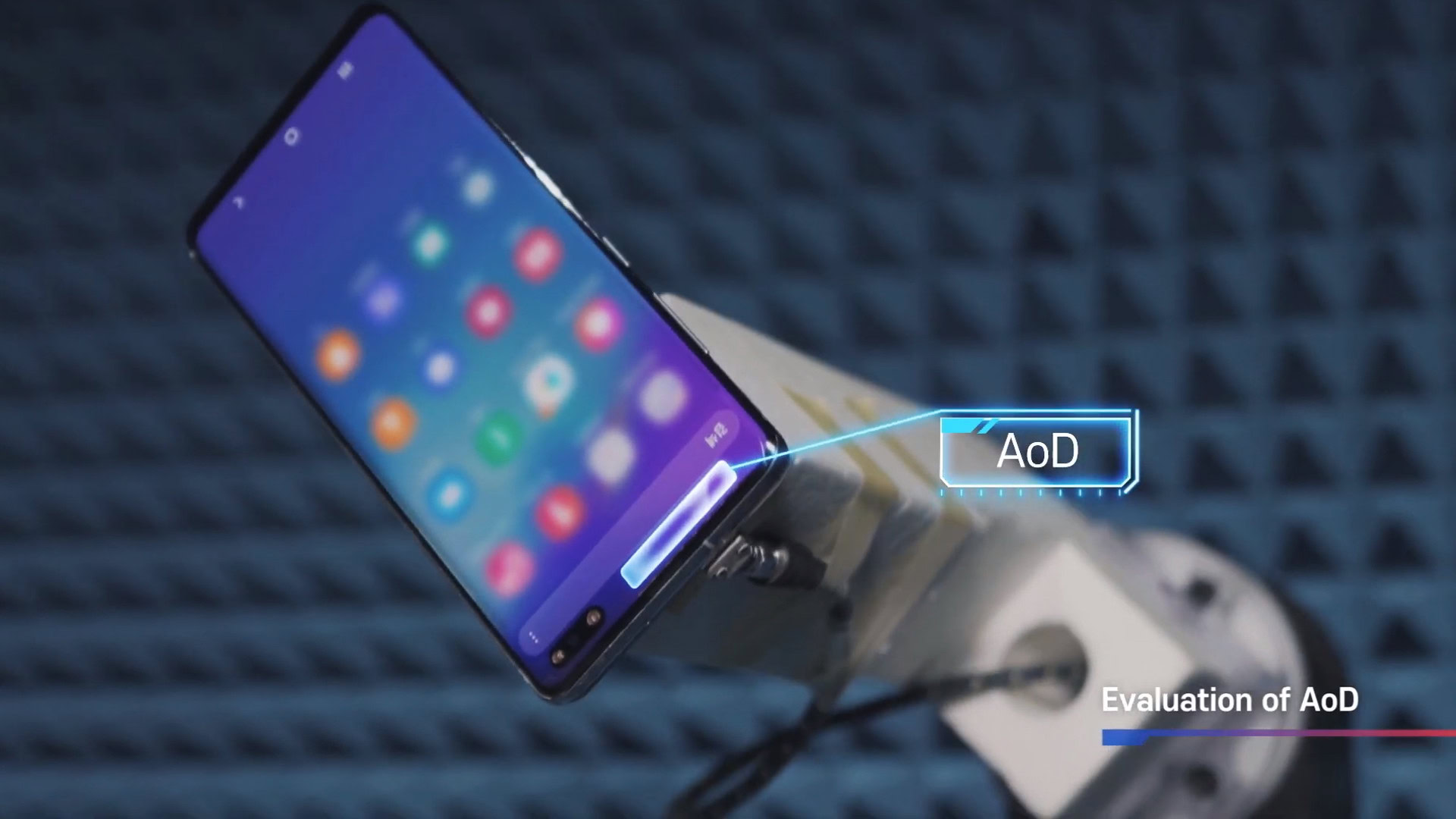Affiliate links on Android Authority may earn us a commission. Learn more.
Under-display 5G antennas could make mmWave suck less
Published onJune 24, 2021
- A Korean firm has created Antenna-on-Display technology.
- This sees a transparent mmWave 5G antenna placed under a smartphone’s display.
- This should result in more reliable mmWave 5G connectivity in theory.
mmWave 5G is the fastest type of cellular connectivity available right now, outpacing sub-6GHz 5G that forms the backbone of the majority of 5G networks right now. But mmWave is a little more temperamental, working over shorter distances and requiring more antennas as a result.
Now, OLED touch sensor company Dongwoo Fine-Chem has revealed Antenna-on-Display (AoD) technology. As the name implies, Antenna-on-Display is a transparent mmWave antenna that sits under the screen. The antenna also supports the n257, n258, and n260 mmWave bands.
This approach differs from conventional mmWave antennas, which are placed on the edges of the device or on the back. The company says the front of the phone was an ideal place to position a mmWave antenna because it had the “lowest possibility” of users covering it with their hands. So if the firm’s reasoning holds up, then phones with AoD technology should deliver more reliable mmWave connectivity and potentially faster speeds too.
Dongwoo also mooted the possibility of bringing this antenna technology to objects like vehicle and building windows, signs, and street lamps. This would theoretically allow for expanded 5G infrastructure without the need for as many visible pieces of equipment.
One potential concern is whether the Antenna-on-Display is truly invisible to the user, even though the firm says the tech is indeed transparent. We’ve previously seen artifacts and haziness in the area above an under-display selfie camera, but that’s largely due to the lower resolution in that area so more light can reach the sensor itself.
The company says it’ll demonstrate the technology online during MWC 2021 in Barcelona. Nevertheless, we’ve asked Dongwoo Fine-Chem whether AoD tech is invisible to users, if it’s signed agreements with any smartphone manufacturers, and when we can expect to see the first commercially available products with the tech. We’ll update the article if/when it gets back to us.
